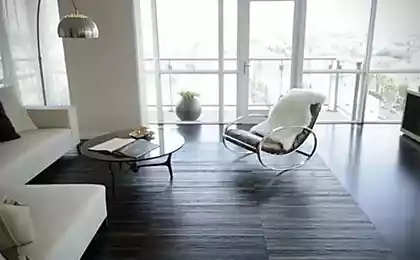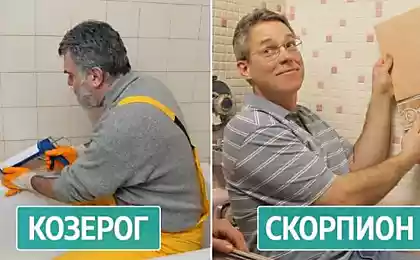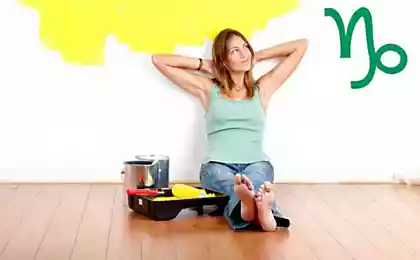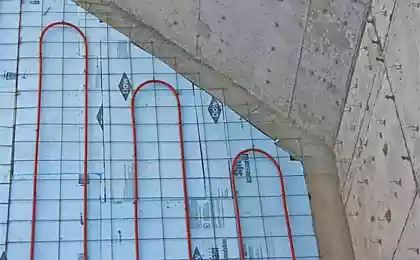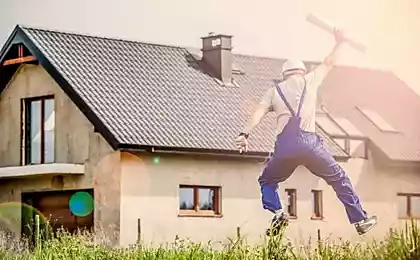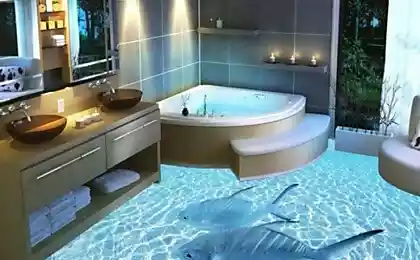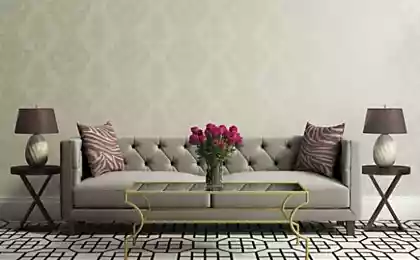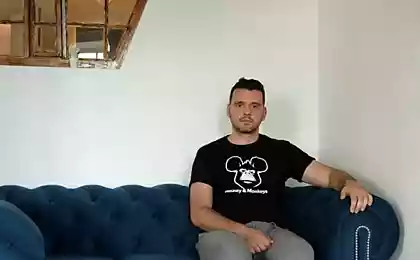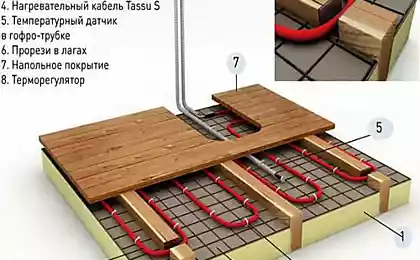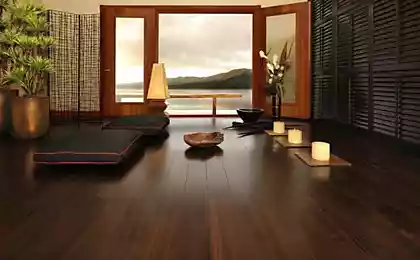144
How to make the flooring smooth
Linoleum remains perhaps the most popular flooring. Due to its high wear resistance, it is laid not only in houses and apartments, but also in public buildings. And for fastidious customers, manufacturers over the years of the material’s existence have come up with many variations so that everyone can find something to their liking.
Linoleum is also popular because it is not necessary to have special knowledge and skills or be a professional builder to get an excellent result. And yet, in laying, sometimes mistakes are made, after which they may appear. linoleum. How to avoid this and what to do if the problem has already appeared?

The flooring can be laid on a wooden or concrete base, but not exactly on the old floor - it must be dismantled. At the same time, you need to understand that linoleum has a feature in the near future to repeat the shape of any irregularities of the base. Therefore, the floor should be smooth and uniform, without remnants of the old coating, cracks and damage. The height of the differentials on each metre of the floor shall not exceed 2 mm.

If the concrete floor does not meet the above requirements, then it is advisable to make a screed or use the technology of creating a self-leveling filling floor.
In addition, with bare concrete, the floor will be very cold, and therefore the base is insulated with a variety of materials, which should not affect the uniformity of the laying.
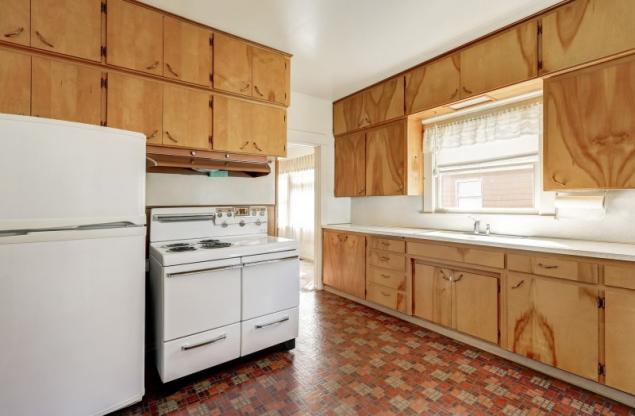
This is important, because it is with improper leveling of the floor that air sacs are formed, which are one of the reasons for the appearance of ugly waves. The problem can be either in the absence of primer, or in the poor quality of the connection of the glue and the linoleum itself.
Waves on linoleum can also appear if the temperature was low at the time of laying in the room or if the floor was poorly dried. It is also recommended to give linoleum a couple of days to be unfolded, since it is deformed in the roll, which later also leads to the appearance of unnecessary wavy.

If linoleum has already gone in waves, then simply pressing it down with something heavy will not help. Here, if you preheat the coating, for example, with the help of a hair dryer, it will straighten. It is important to warm up not only swollen, but also adjacent areas. After that, you can push something heavy. By the way, you can warm up with an iron through any material.

It is also possible to penetrate the coating with a sheaf to release air. After that, you should press linoleum with a press. At the same time, you can add glue under the surface of the coating with a syringe to again paste in the troubled area.
It also happens that the neighbors are flooded from above. So that the coating does not swell, and mold does not appear in the room, the material will have to be carefully removed, spread out with the front side down and let it dry in a cool room in a straightened form for a couple of days.
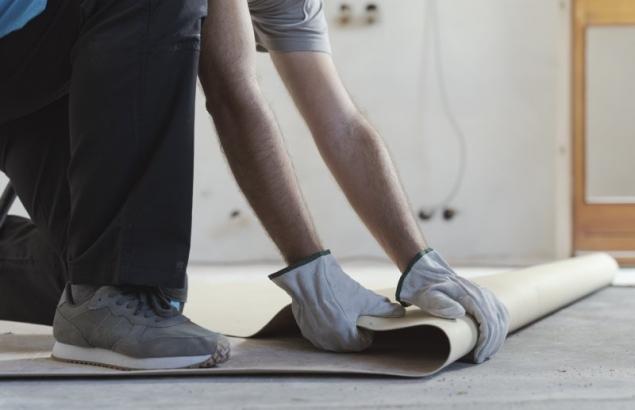
After that, you will have to throw out the spoiled substrate, otherwise you will have to forget about the flat linoleum. You will also need to dry the floor itself with a heater, hair dryer or even a vacuum cleaner, and also treat with antifungal drugs or a solution of household soap. Remember that dry linoleum should be laid on a dry floor. Do that, and you'll be fine.
Linoleum is also popular because it is not necessary to have special knowledge and skills or be a professional builder to get an excellent result. And yet, in laying, sometimes mistakes are made, after which they may appear. linoleum. How to avoid this and what to do if the problem has already appeared?

The flooring can be laid on a wooden or concrete base, but not exactly on the old floor - it must be dismantled. At the same time, you need to understand that linoleum has a feature in the near future to repeat the shape of any irregularities of the base. Therefore, the floor should be smooth and uniform, without remnants of the old coating, cracks and damage. The height of the differentials on each metre of the floor shall not exceed 2 mm.

If the concrete floor does not meet the above requirements, then it is advisable to make a screed or use the technology of creating a self-leveling filling floor.
In addition, with bare concrete, the floor will be very cold, and therefore the base is insulated with a variety of materials, which should not affect the uniformity of the laying.

This is important, because it is with improper leveling of the floor that air sacs are formed, which are one of the reasons for the appearance of ugly waves. The problem can be either in the absence of primer, or in the poor quality of the connection of the glue and the linoleum itself.
Waves on linoleum can also appear if the temperature was low at the time of laying in the room or if the floor was poorly dried. It is also recommended to give linoleum a couple of days to be unfolded, since it is deformed in the roll, which later also leads to the appearance of unnecessary wavy.

If linoleum has already gone in waves, then simply pressing it down with something heavy will not help. Here, if you preheat the coating, for example, with the help of a hair dryer, it will straighten. It is important to warm up not only swollen, but also adjacent areas. After that, you can push something heavy. By the way, you can warm up with an iron through any material.

It is also possible to penetrate the coating with a sheaf to release air. After that, you should press linoleum with a press. At the same time, you can add glue under the surface of the coating with a syringe to again paste in the troubled area.
It also happens that the neighbors are flooded from above. So that the coating does not swell, and mold does not appear in the room, the material will have to be carefully removed, spread out with the front side down and let it dry in a cool room in a straightened form for a couple of days.

After that, you will have to throw out the spoiled substrate, otherwise you will have to forget about the flat linoleum. You will also need to dry the floor itself with a heater, hair dryer or even a vacuum cleaner, and also treat with antifungal drugs or a solution of household soap. Remember that dry linoleum should be laid on a dry floor. Do that, and you'll be fine.


